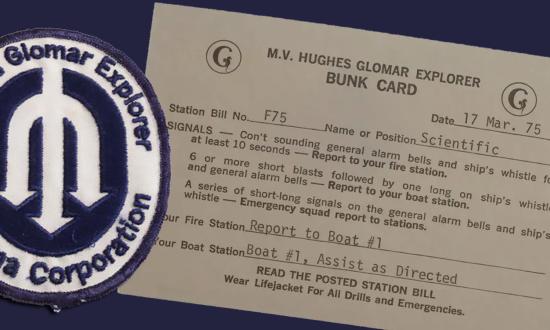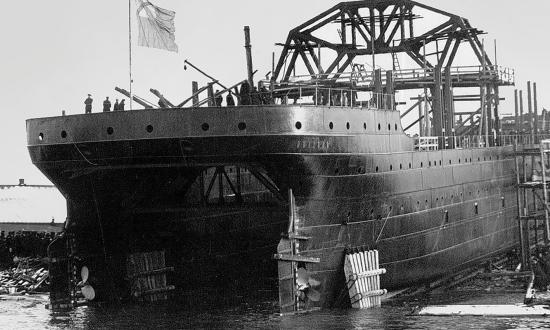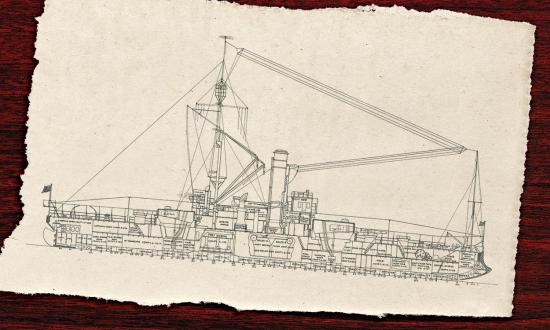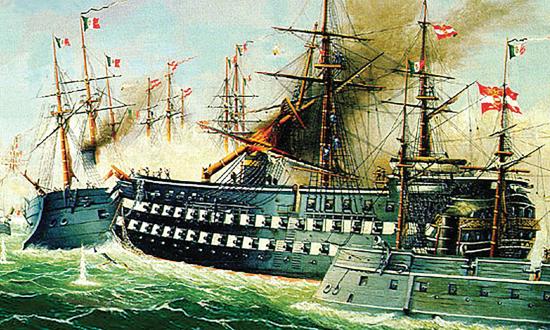
The Loss—and the Mysteries—of the K-129
The inside story of the 1968 disappearance of a Soviet submarine and the secret CIA-led expedition to retrieve her remains ...
August 2024
Fighting Sail. . . and Submarines
To prepare for modern submarine-vs.-submarine combat, look to the lessons from the glory days of oak and canvas.
August 2024
‘A Glorious Retreat’ The Evacuation of Sicily
The Allied invasion of Sicily in 1943 exceeded expectations—but more than 100,000 Axis troops managed to slip away to fight another day.
August 2024
Night Fight at Kula Gulf
Revisiting the fierce July 1943 battle fought in darkness between U.S. and Japanese naval forces during the New Georgia campaign.
August 2024














